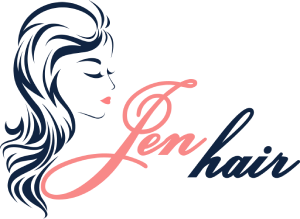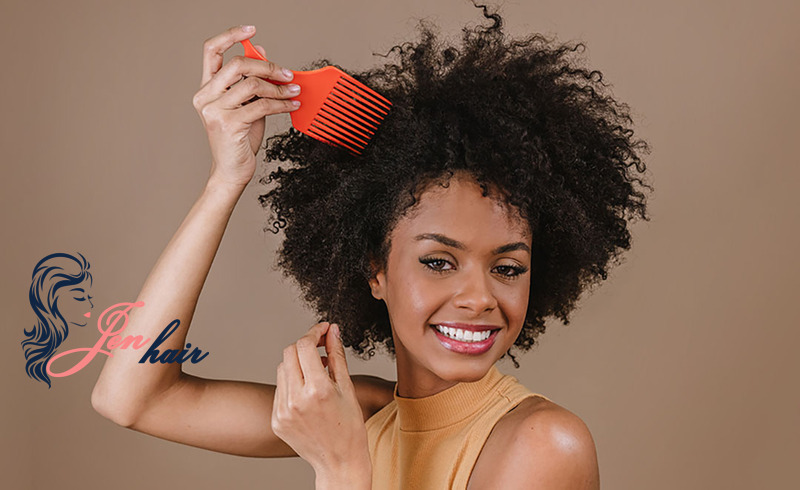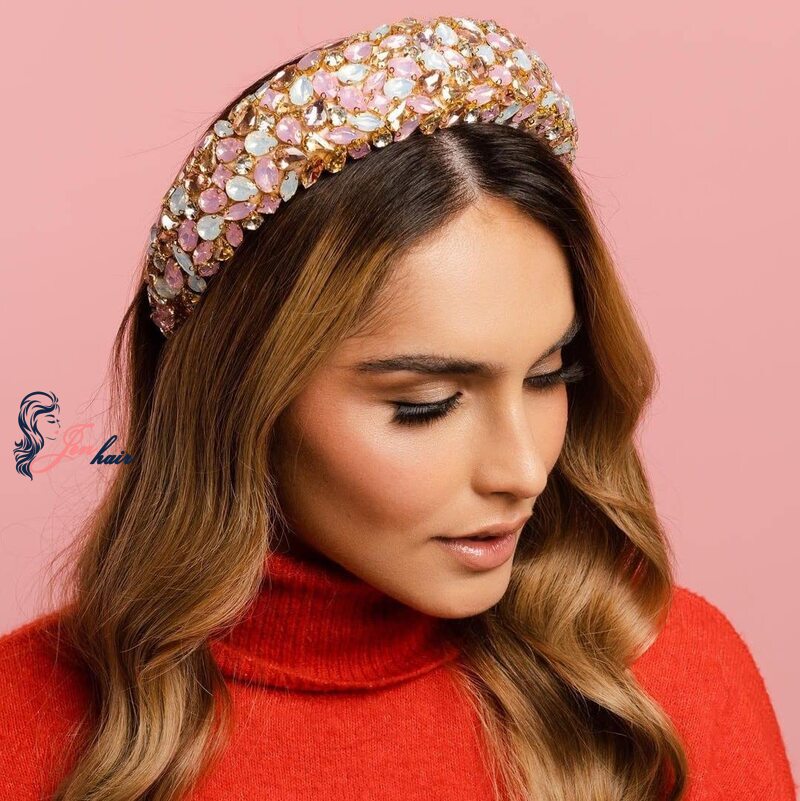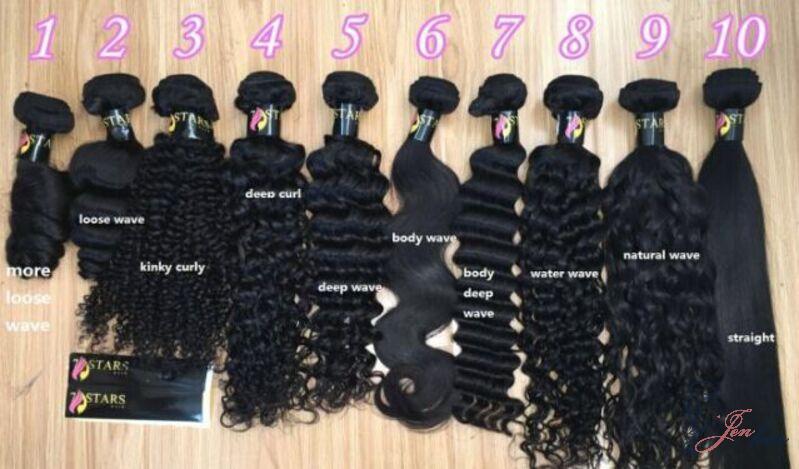No products in the cart.
Hair Care Guide, Vietnamese hair
Can you bleach wet hair: Important advices from experts
Hair bleaching has become increasingly popular in everyone’s beauty routine. However, most of us are only used to bleaching on dry hair. But can you bleach wet hair? How long does it take? How many steps are there? If you are still wondering, this article is for you.
Here are vital advices from the experts if you want to know how can you put bleach on wet hair. The process may not be as easy as you think and you will have to do a lot of work to keep your hair nice. Continue to read and find out about wet hair bleaching and what you should do.
Can you bleach wet hair?
The answer is YES, you can bleach your hair while it is still wet. While bleaching dry hair claims better control over the color output and a lower chance of hair breakage, bleaching wet hair is noted for its quicker results and simpler application. Many bleaching products are designed to function well on wet hair without the requirement for water dilution. This strategy has become more well-liked, especially in light of the balayage trend. Bleaching wet hair not only fits this trend, but it also provides a gentle, scalp-friendly way to remove color.
Although bleaching wet hair is usually safe and effective, it is very important that you follow the directions on the bleaching product you’re using. There may be particular instructions for applying certain products to wet hair. Before starting the bleaching process, it’s important to think about which approach is ideal for your hair type and the result that you want.

Advantages of bleaching wet hair
- Faster lightening: According to experts, bleaching wet hair will result in improved bleach permeability, which will speed up color processes. You won’t need to wait around for endless amounts of time for the bleaching to finish, and prolonged exposure to the chemical is no longer required.
- Brightening up the end: Bleaching your hair when wet will help your hair become brighter after going through the dyeing process. To achieve a more intensified result, the professional may repeat the bleaching procedure after applying, processing, and rinsing your hair.
- Soft hair color: If you’re looking to gradually lighten your hair, your colorist could employ this method. The bleach is diluted by the water, which results in a little color change.The bleach is also distributed evenly by the water. By avoiding abrupt hue changes, this produces a softer lightening effect.
Disadvantages of bleaching wet hair
- Wet hair is weaker: Wet hair is most fragile. The cortex, or center section of the hair, is shielded by the cuticle, which is opened by water. Your hair’s color is created by a pigment called melanin found in the cortex. However, the cuticle is unable to effectively shield the cortex while it is open. This indicates that the hair is more susceptible to harm.
- Bleaching at home can be dangerous: The drying and moisture-stripping effects of bleaching can be reduced or lessened when done by a skilled hairdresser. Applying bleach carelessly when you don’t know how to use it can simply exacerbate this damage.
How can you bleach wet hair?

Use lower volume developer
Using a smaller volume developer while bleaching wet hair is a crucial safety measure. The bleaching process heavily depends on the developer’s strength, with higher-volume developers lifting hair color faster than their lower volume equivalents.
You may lessen the chance of breakage and guarantee equal color distribution throughout your hair by using a lower volume developer. If you’re unclear which developer is ideal for your needs, be sure to visit a professional.
Apply With Care to Protect Scalp
It is essential to apply the bleach carefully and prevent undue touch since direct contact with the scalp can cause irritation and even burns. It’s better to let a professional do it for you. Since professional salon bleaching formulations are superior to those found over-the-counter, they often result in less harm.
Additionally, experienced hair stylists are aware of the best ways to use bleach to reduce harm. To assist avoid damage, schedule a professional hair bleaching session with a hairstylist. Inquire of your hairdresser how light they believe you can go in one visit. They can provide you advice on how to proceed in order to achieve your goals.
Control processing time
Your hair won’t be over-processed or damaged throughout the bleaching process if you keep an eye on the processing period. Depending on the outcome you want, it is recommended to keep the bleach in wet hair for 15 to 30 minutes. To guarantee the correct amount of lightness is reached, check your hair every 10 minutes throughout the procedure.
You can prevent potential hair damage and get the ideal color for your wet hair bleach by keeping an eye on the processing period.
Caring tips for bleached hair
- Deep condition your hair: Deep conditioning your hair in the weeks before bleaching. This will moisturize yo
- ur hair and lower the chance of breaking.
- Work with the professional: Professional colorist will know how to take care of your hair without damaging it.
- Limit your bleaching sessions: Give each sessions a brake. That is a good idea to avoid overtreating your hair.
- Avoid using heat: Using heat can damage bleached hair. It can also lead to scalp burns.
- Keep away the sun: Keep your hair out of the sun, which can cause more damage and breakage. Wear a hat or a hair sunscreen.
- Be careful of chlorinated pools: Swimming pool chlorine can cause hair damage. If you plan to swim in a pool, consider wearing a swim hat.
- Ask colorist for recommendations: Bleached hair needs significant products and care. Use products designed especially for hair that has been colored or bleached.
In conclusion
Bleaching wet hair is a fantastic way to get fresh styles. However, since the method requires a lot of skills and effort, you should not do this at home. Allow an experienced colorist to do it for you. He’ll be aware of the right procedure. Taking appropriate care of bleached hair is also essential. For best recommendations and to select the right options for your hair, visit your neighborhood hair salon.
We really hope that this article will help you answer the question: Can you bleach wet hair. We would be happy to answer any questions you may have. Don’t forget to follow our latest articles, or are there any other topics you would like us to write about? Post a comment below; we’d love to hear from you!
FAQs
Can you bleach your unclean hair?
Yes. Since the natural oils in your hair and scalp help protect them from chemical damage, bleaching is suggested while your hair is oily and dirty. Two or more days before to the bleaching session, avoid washing your hair. Contrary to certain hair dyes, bleach does not need to be applied to clean hair. Even distribution of the bleach won’t be prevented by having dirty hair.
Before bleaching my hair, should I use coconut oil?
Your hair can get severely damaged by bleaching and lose a lot of its natural oils. When you apply coconut oil to your hair before bleaching, you prevent dryness and split ends as well as protein loss and moisture loss. Make sure to cover your hair completely from roots to tips, then leave it in place overnight to let the oil do its job. Virgin or unrefined coconut oil works best for application since it preserves all of the natural nutrients and shields the hair from any harm.
How can I make the bleaching of my hair go more quickly?
Use aluminum foil or a shower cap for virgin black hair to help the bleach process more quickly. The additional heat will enhance the mixture’s processing for greater effects, whether it comes from your head or an outside source like a blow dryer or steamer. The hair becomes more flexible, allowing color and moisture to penetrate deeply. The bleach will boost your natural hair color 4-6 levels as a result, giving you the best results possible. Therefore, speeding up the procedure is possible by blow-drying your hair. However, it also results in additional hair damage, thus it is not recommended.
Is conditioning okay before bleaching my hair?
Some individuals believe that using leave-in conditioner to their hair is a great way to stop bleaching-related damage. This statement is somewhat accurate because leave-in conditioners will hydrate the hair and improve its health. Bleach damage may not be as severe as it first appears.
It would be ideal to apply leave-in conditioners a few days, a few weeks, or even months before bleaching your hair. You’ll prepare and condition your hair so that it’s in a better condition. It’s not really recommended to use a leave-in conditioner shortly before bleaching. When used on hair, bleach works by cracking apart the cuticle to get access to the deeper layer and oxidizing the color there. Using leave-in conditioner shortly before bleaching the hair would only impede the bleaching agent’s ability to work, despite the fact that bleach employs strong chemicals to crack up the hair cuticle and reach the hair pigments.

 Guide Cornrows With Side Part The Best For Beginner
Guide Cornrows With Side Part The Best For Beginner Ultimate Guide: Headband with Hair Attached (Best Styles for 2025)
Ultimate Guide: Headband with Hair Attached (Best Styles for 2025) Top 7 Premium Human Hair Clip In Extensions For Black Hair
Top 7 Premium Human Hair Clip In Extensions For Black Hair
